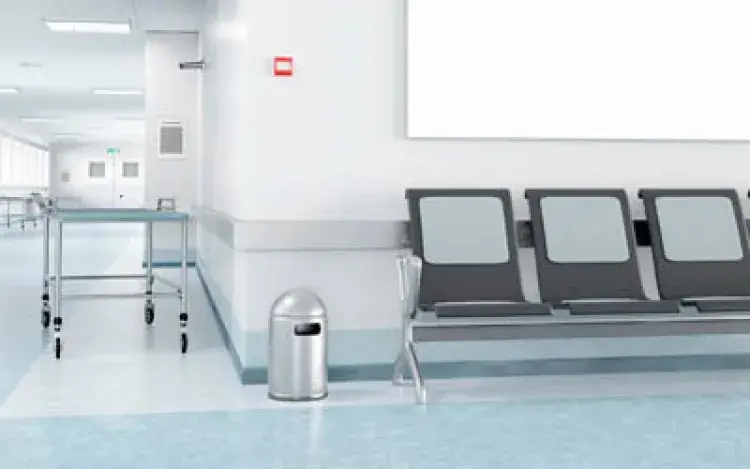
Comfort Zone Leads to 97th Percentile Patient Satisfaction
Case Study

The Challenge
A dedicated pediatric facility in Texas was having problems addressing stress levels with their young patients. While there’s an old saying that “pain builds character,” it can more accurately be said that pain in children creates fear of doctors and hospitals.
In fact, 69% of children experience painful events that meet DSM criteria for emotional trauma while hospitalized, and 22% meet DSM criteria for PTSD. This ED needed to create an approach that addressed the pain and anxiety associated with the treatment of pediatric patients in the emergency setting, while also providing interventions that minimize a child’s fear and discomfort. Although there were many new approaches being used across the U.S. to provide this type of care in a pediatric setting, no single site had yet assimilated all such approaches and technology into one program.
The Solution
The ED established a “Comfort Zone” approach that started with a department-wide commitment to a Family Centered Care (FCC) philosophy. The Comfort Zone helped to focus how each staff member worked through every patient interaction, from start to finish. They also utilized Child Life Specialists, who helped provide distraction toys and tools to help alleviate anxiety and stress.
The department began focusing, when possible, on non-pharmacologic and cognitive-behavioral therapies for their patients, and provided pain education materials for the ED staff, centered on pain perception, recognition and treatment for children. Pain scoring systems were implemented at triage, and a formal pain treatment protocol was developed.
In addition to further educating themselves on pediatric pain management, multiple types of topical anesthetics for wound care, IV starts and “comfort positioning” became the norm in the department. Allowing the child to sit up instead of lying down, preparing the child and parent for the procedure and encouraging a “one-voice” approach to minimize over-stimulation added to the overall comfort of the patient. Other tactics, like non-threatening nasal sprays to provide potent pain relief and mild sedation without the need for an IV also contributed to a more relaxed environment.
Plus, the department was the first in the area to utilize the administration of nitrous oxide, as needed, outside of the operating room. They also used moderate sedation in the ED for the most uncomfortable procedures.
The Results
97 PERCENTILE PATIENT SATISFACTION SCORES
The implementation of the Comfort Zone pain management protocol significantly reduced pediatric patients’ memory of pain during the ED visit, as measured at discharge.
Although not statistically significant, results trended positively for parents’ recollection of their child’s pain being reduced during the ED visit, and for both patients’ and parents’ assessment of pain at discharge. The Comfort Zone created a more compassionate way to treat children in the ED, and can improve patient perceptions and simplify care.
Because of the great success in implementing this new approach, the findings were subsequently published in American Journal of Emergency Medicine.
But most importantly, patient satisfaction scores for pain control improved dramatically, reaching as high as the 97th percentile (among more than 300 hospitals nationwide).
This unique and groundbreaking approach to pediatric acute care means that many young patients won’t have a life-long fear of doctors and hospitals, which could improve their overall health later in life.
NEW PARTNERSHIPS
NEW OPPORTUNITIES
If you’d like to explore all USACS can offer your facility and join our nationwide network of partners, contact us today.
